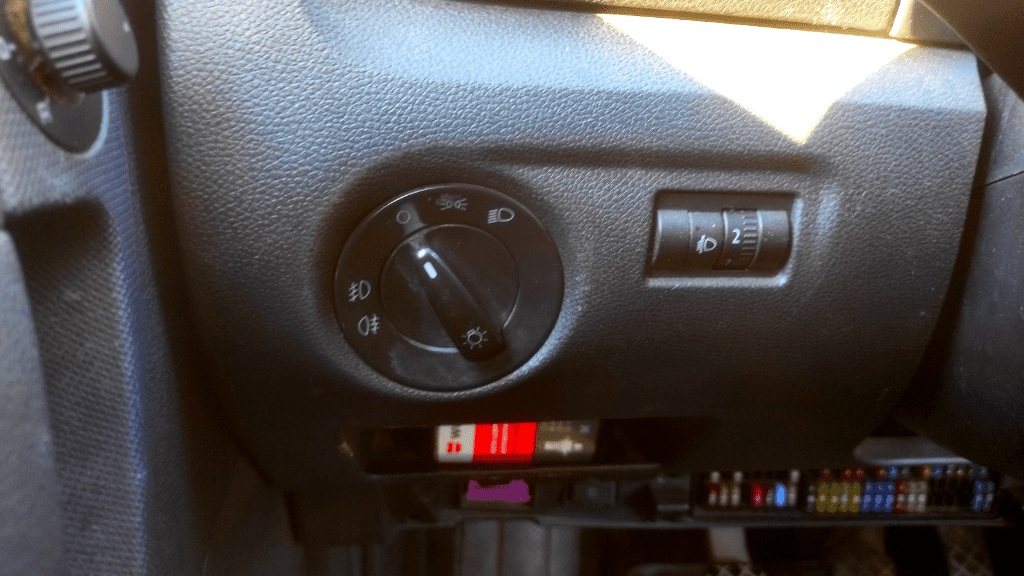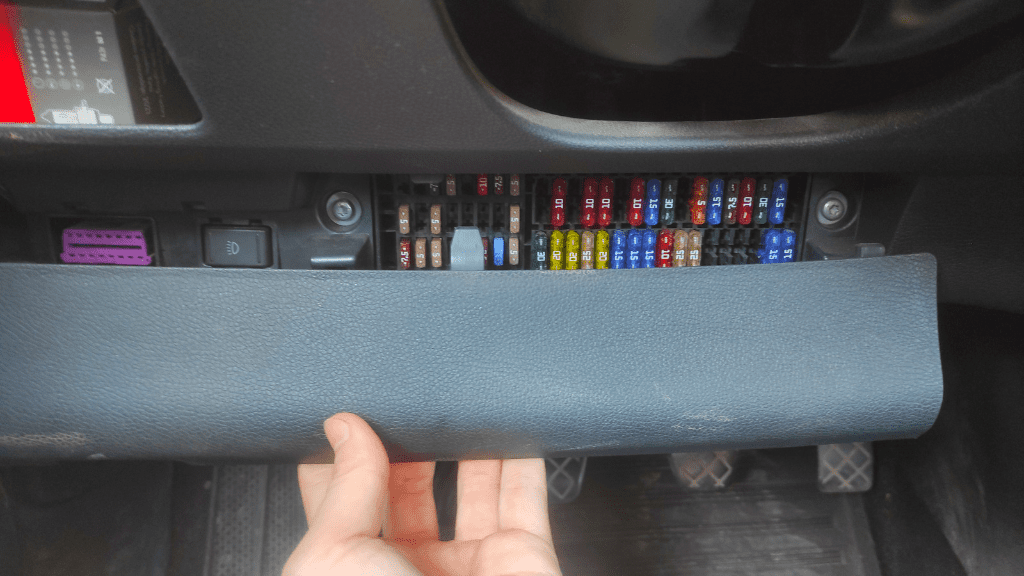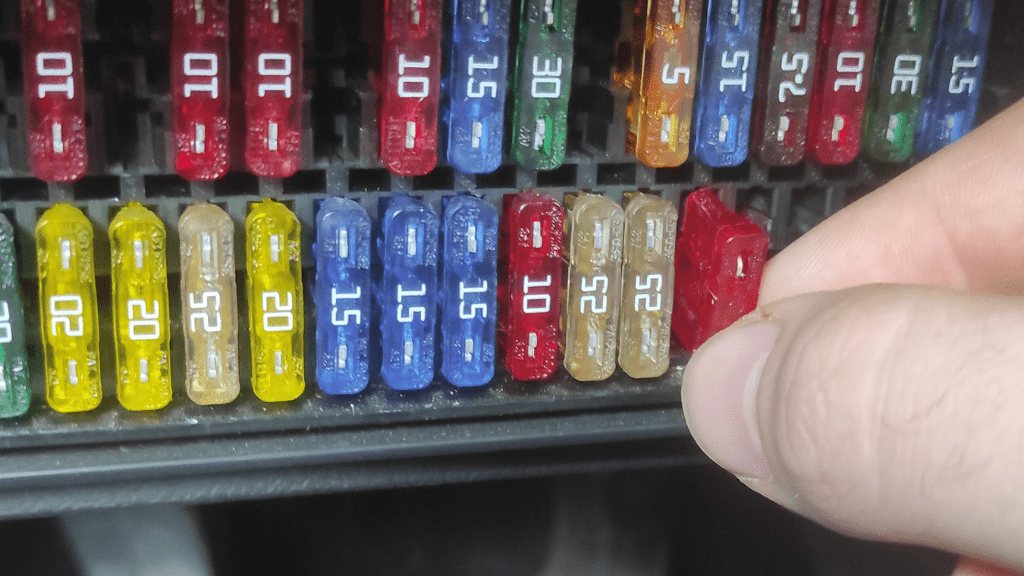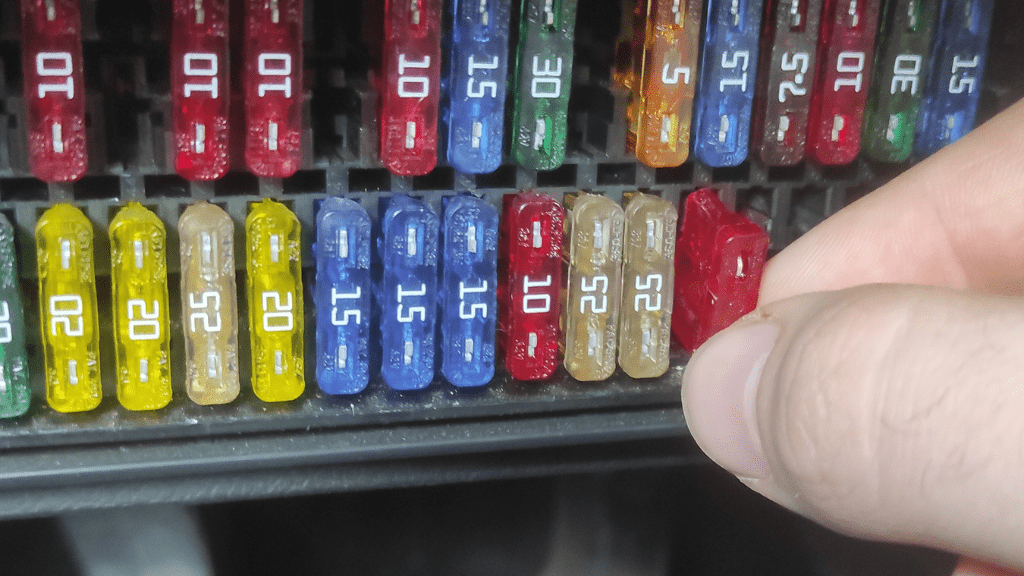
Which fuse is for the dashboard light (MANUAL)
Content
Have you ever wondered why the lights on your car's dashboard aren't on?
If your dashboard lights suddenly stop working, the dashboard lights fuse may be the cause and you may need to replace it.
This guide will provide a step-by-step answer on how to identify and replace the dashboard light fuse without leaving your home, and will also explain some other ways to troubleshoot the dashboard light if the fuse replacement doesn't work.

Which fuse controls the dashboard lights?
The instrument panel lighting fuse is located in the fuse box, which is located either under the hood of the vehicle, under the dashboard, or next to the glove box. Since there are multiple fuses in the box, you can check under it or in your car owner's manual for a diagram that says "instrument lights" or "lights" fuse.

Dashboard lighting is an important part of your vehicle's safety features, and their proper functioning is essential to the well-being of your vehicle.
These fuses are usually low amperage (5 to 7 amp) blade type fuses designed to protect wiring from short circuits and other overcurrent electrical problems.
Without a functioning fuse, the dash light bulbs may malfunction, causing them to be dimmer than normal or not work at all.
Faulty dashboard lights can be dangerous as they can lead to problems with your vehicle being unable to be identified or even accidents.
Regularly replacing a blown fuse helps keep your dashboard lights in good working order.
How to fix dashboard backlight
While replacing a fuse is a common response to dashboard lights not working, there are certain steps to take before and after this replacement.
- Inspect the dimmer switch
- Replace fuse
- Manual replacement of light bulbs on the dashboard
Inspect the dimmer switch
Inspecting the dimmer switch will save you the hassle of changing a fuse or even accessing the dash lights directly.
The dimmer switch allows you to either dim the instrument panel backlight or turn it off completely. The problem is that you or another driver may have accidentally turned off the lights.
- Turn on the lights
When you turn on the headlights of the car, the instrument panel lights up automatically.
Since you don't need a running engine to do this, turn the ignition key to the "on" or "accessories" position and then turn on the headlights.

- Find the dimmer control switch
The control switch, dial, or knob is usually located on a console next to the steering wheel, and can sometimes be part of the headlight switch. This is what you want to interact with.

- Adjust the dimmer
Just turn the dimmer switch towards increasing the brightness of the dashboard and check if the problem is solved. If your light is on, you don't need to take any other steps.
However, if the light does not come on, you may have a blown fuse or broken light bulb and need to move on to other steps. In addition, the switch may be defective and must be replaced.

Replacing the dashboard fuse
If turning the dimmer switch didn't work, the next step is to replace the fuse. To do this, follow these steps.
- Find the fuse
With the car turned off, locate the fuse that regulates the power supply to the instrument panel lights.
As mentioned earlier, the fuse is located in the fuse box, and the location of this box varies by vehicle. Some cars even have multiple fuse boxes.

Check under the hood of the car, under the dashboard and next to the glove box for any signs of a fuse box.
Once you have found the fuse box or boxes, remove the cover and look for a fuse labeled "instrument lights" or simply "lights".
This label is either located directly on the fuse, on the diagram on the bottom of the fuse box, or found in your vehicle owner's manual.
Sometimes a fuse may simply be labeled generically, such as ACC or Dome Light.
- Check the fuse for faults
Once you have found the correct fuse, you can proceed to check if it is blown or not.
During this inspection, you check the fuse for dark burn marks indicating that it is blown, or test the fuse with a multimeter for greater accuracy.
For visual inspection, remove the fuse protecting the instrument panel lamps with a fuse puller, and if you do not have a fuse puller, you can remove the fuse with needle nose pliers.
You then examine the metal strip in it to see if it's broken (for clear fuses) or inspect the fuse for blackening.

If the fuse is in good working order, then you can test it with a multimeter to make sure. With a multimeter, you check for continuity between the two ends of the fuse blade.
- Replace dashboard fuse
Here you simply replace the fuse with a new one if it is blown. Make sure the new replacement is the same as the old blown fuse in terms of current and voltage rating.
This rating information is expected to be printed on the fuse as fuses are usually numbered and color coded for easy identification.
It should be noted that the use of fuses with other ratings may result in an electric shock hazard that will further damage your accessories.
Once you have a new fuse, insert it into the appropriate fuse slot until you hear a click. Reinstall the fuse box cover, then check the instrument panel illumination by turning on the vehicle and headlights.

It is expected that the indicators on the instrument panel will light up at this point.
Replacing bulbs on the dashboard
If the light does not come on, then the fuse is not the problem and you can proceed to replace the bulbs on the dashboard.
- Turn off the power in your car
The first thing you need to do is turn off the power to avoid electric shock or short circuit.
Turn off the car, remove the key from the ignition, and you can also take the extra step of disconnecting the cables from the negative and positive battery terminals.
- Remove the dashboard trim.
The procedure for removing the upholstery depends on the vehicle. Basically, you start by removing the bottom trim panel and continue from there.
Use a screwdriver to remove the screws holding each trim piece, then remove the trim from the dashboard.
To access the trim on some vehicles, you may need to remove the radio.
Keep an eye on all screws and store them in a safe place so you can replace them when you're done.
- Remove the front panel from the instrument cluster.
The bezel secures the gauge panel on your car's dashboard and is held in place by spring clip clasps that should come off easily.
Press the latches to disconnect the switches, controls, and cables on the back of the bezel, then remove the bezel from the dash.
Do not use a screwdriver when doing this, as it can easily scratch or damage the dashboard.
- Remove light bulbs
Turn each bulb counterclockwise and carefully pull it out of the socket. To avoid breaking the glass, do not twist or pull the lamp too hard.
- Insert new bulbs
As with fuses, you replace light bulbs with new units with the same ratings and specifications.
It is not recommended to touch new bulbs with your hands, so it is better to wear gloves or a rag to protect your fingers.
Even if some bulbs are still working, it's best to replace them all at once so you don't have to repeat the whole process all over again.
- Test new lamps
After making sure that all the bulbs are properly fixed in place, you check their operation.
Replace the bezel and trim, reattach the battery, then turn on the car and headlights to do so.
Your dashboard lights are expected to work at this point, especially if you've adjusted the dimmer and replaced the fuse and dash bulbs.
If, after all this, the problems persist, then there may be a wiring problem in the dashboard, and you will need an even deeper level of knowledge to repair.
Types of light bulbs on the dashboard
There are two main types of light bulbs used in the dashboard. These are incandescent and LED lamps.
Incandescent bulbs are the more common of the two and are used as standard applications in older and even newer car models.
LED bulbs are more upgraded bulbs that come with new high-end car models.
When it comes to changing light bulbs, these LED lights make it difficult for the untrained person to replace them at home.
Here you can find more detailed information on the principle of operation of the fuse.
F.A.Q.
Is there a fuse for the dashboard lights?
Yes. As with all automotive electrical systems, there is a fuse in the instrument panel lights that blows and cuts off the circuit when too much power is supplied to the system.
Where is the dashboard fuse located?
In most cars, the dashboard fuse is located in the fuse box, either under the car's hood or under the dashboard. The exact fuse is indicated on the diagram in the manual for your car or under the box.

